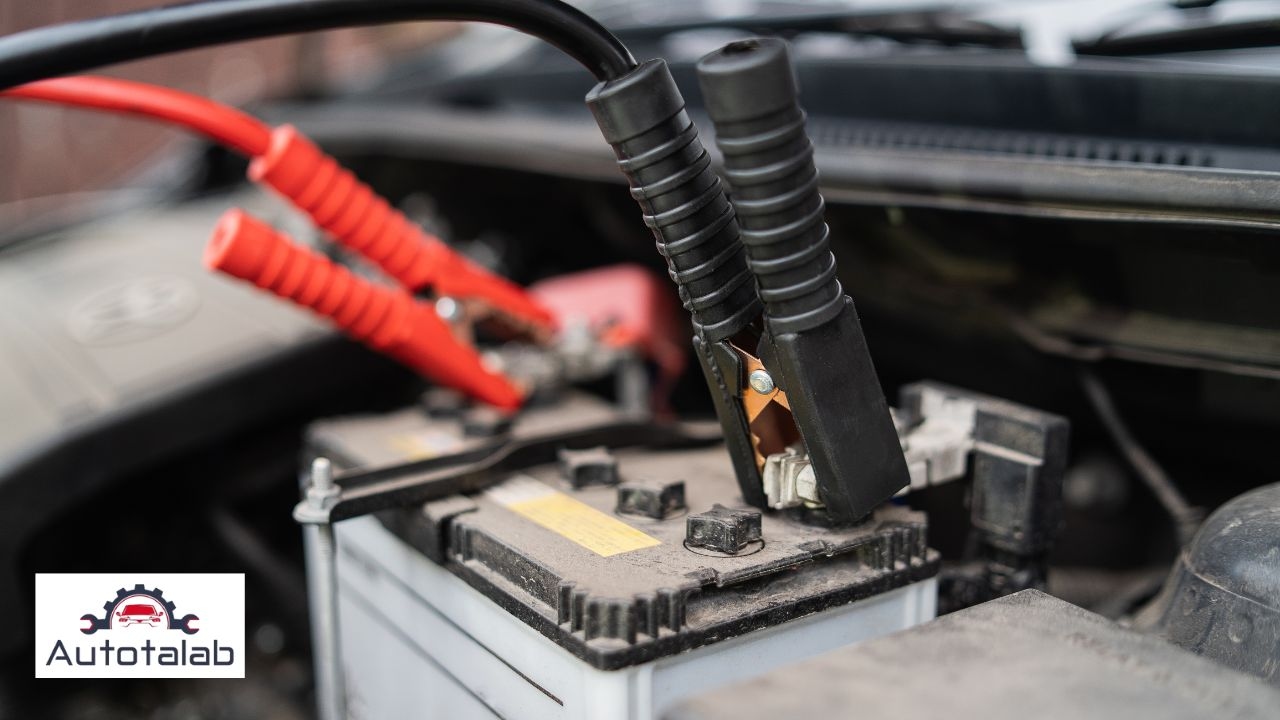
Car battery issues are one of the most common yet overlooked problems among drivers in Kuwait. A dead or failing battery can leave you stranded without warning, especially during the country’s extreme summer temperatures. Knowing the early signs of a weakening battery can save you from costly repairs and roadside emergencies. In Kuwait’s hot climate, car batteries often deteriorate faster, making regular checks and proper maintenance even more critical. This guide walks you through all the signs that suggest your car battery may be nearing the end of its life—and offers a practical checklist to help you stay ahead of trouble.
Signs Your Car Battery is Failing
Slow Engine Crank
One of the earliest and most noticeable signs of a dying battery is a slow engine crank. When you turn the key or press the start button, the engine turns over sluggishly before finally starting—if it starts at all. This often occurs after the car has been sitting overnight or in the early morning.
Real-world example: A driver in Salmiya noticed his car took longer to start during July mornings, which was later traced back to a weakening battery.
Dimming or Flickering Lights
Dimming headlights and flickering dashboard lights are another warning sign. As the battery loses its charge, it struggles to power the car’s electronics, particularly when the engine is idling or during high-load conditions like turning.
Expert insight: "Lights are often the first to show problems," says a local mechanic from Shuwaikh Industrial Area.
Strange Smells or Corrosion
If you notice a rotten egg smell coming from the engine bay, it could be leaking battery acid—a serious red flag. Also, white or blueish powdery buildup around the battery terminals indicates corrosion, which can interfere with the battery’s ability to deliver power effectively.
Regular cleaning is essential, and excessive corrosion usually signals it’s time for a replacement.
Battery Warning Light
Modern vehicles are equipped with a dashboard warning light shaped like a battery. If this light turns on, it could indicate a failing battery or a problem in the charging system. Don’t ignore it.
Quick fix: Most cars flash this warning before complete battery failure, giving you a chance to act before getting stranded.
Frequent Jump Starts
Jump-starting your car more than once or twice in a short period isn’t normal. While a jump start may seem like a temporary solution, repeated occurrences are a clear sign that the battery is failing and needs replacement.
If you're reaching for the jumper cables regularly, it’s time to replace your battery.
Swollen or Leaking Battery
Extreme heat, common in Kuwait, can cause the battery case to swell or even crack. If you see visible bulges, cracks, or leaking fluids around the battery, these are signs of internal damage that pose safety risks and almost always require immediate replacement.
Testing Your Battery
Visual Inspection
Begin with a simple visual check. Look for any signs of corrosion, leaks, or damage. Ensure the terminals are tightly secured and free of buildup. Clean terminals using a mix of baking soda and water, but if issues persist, professional help is recommended.
Voltage Check
Using a multimeter, test the battery voltage. A fully charged, healthy battery typically reads around 12.6 volts when the engine is off. If the voltage drops below 12.4 volts, the battery may require charging or even replacement, depending on its age and condition.
Load Testing
Load testing measures how well your battery performs under stress—like starting the car. This test is often conducted at auto service centers and simulates real-world conditions. It provides a more accurate picture of the battery’s true capacity.
Professional Inspection
Most automotive experts in Kuwait like Autotalab recommend having your battery checked by a professional at least once a year. Given the high temperatures and dusty environment, batteries wear out faster here. Many service centers in Kuwait offer complimentary battery diagnostics with quick turnaround times.
Tips to Extend Battery Life
Keep terminals clean and secure: Regular maintenance helps prevent power loss and corrosion.
Avoid frequent short trips: Your battery needs time to recharge fully after each start.
Limit electronics usage: Don’t use the radio or A/C when the engine is off.
Park in shaded areas: Heat significantly reduces battery lifespan, so parking in covered areas can help.
When to Replace Your Battery
Replacing your battery before it fails completely can save you from major headaches. Here are clear signs it’s time for a new one:
Battery age is more than 3-5 years, especially under Kuwait’s harsh weather.
You’re experiencing slow cranking or frequent jump starts.
Visible corrosion, leaking, or swelling of the battery.
Your car recently failed to start, even after routine maintenance.
Don’t wait until the battery completely dies—proactive replacement ensures smoother, safer rides.
Conclusion
Recognizing the early warning signs of a failing car battery can prevent unexpected breakdowns and costly delays. Kuwait’s high temperatures mean batteries wear out faster, making regular inspections a must. Whether it’s slow cranking, warning lights, or swelling, each symptom deserves immediate attention. By following this practical checklist, you’ll stay ahead of problems and ensure your vehicle is always road-ready. Stay proactive, stay safe—and don’t hesitate to replace your battery when the signs are clear.
